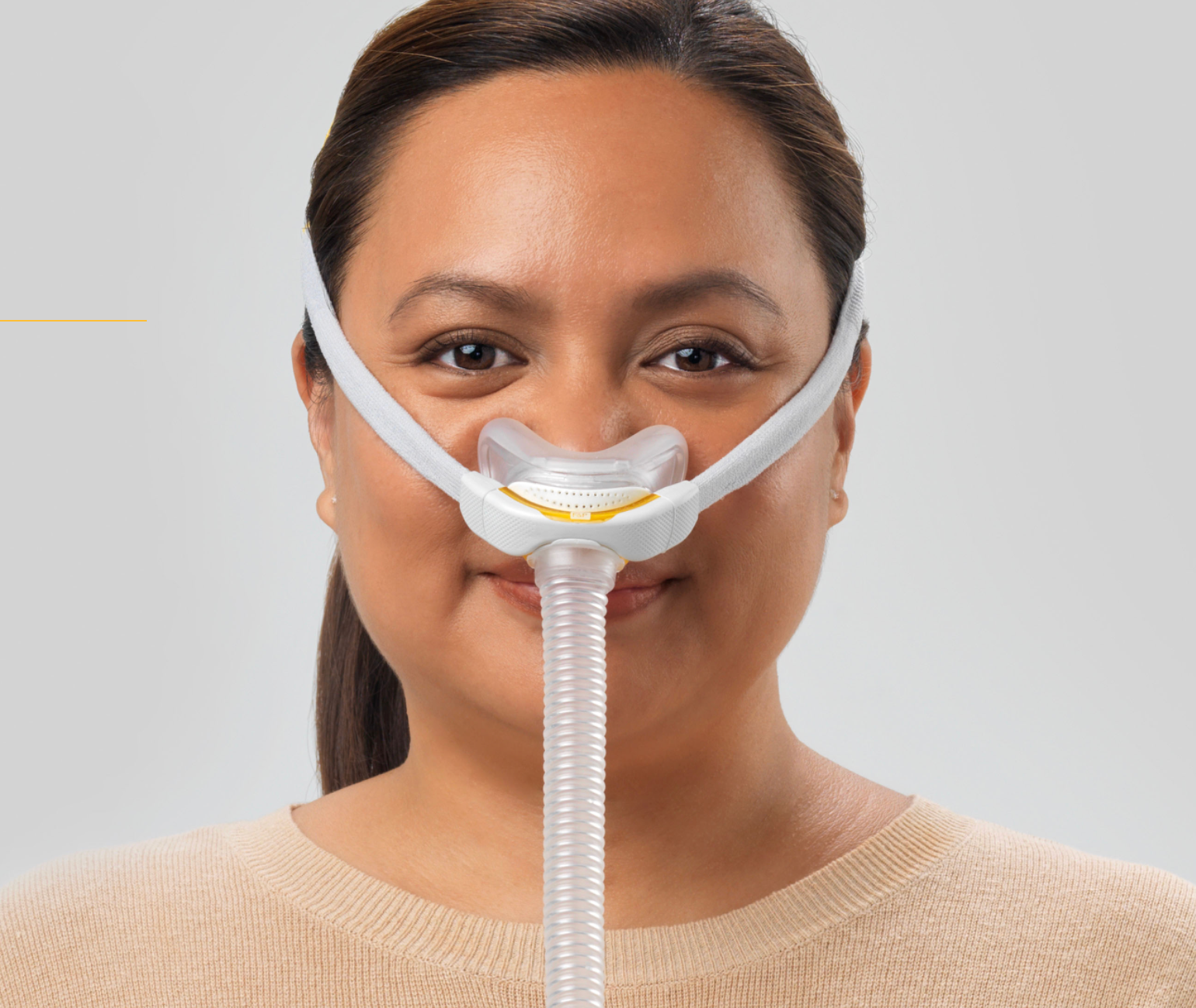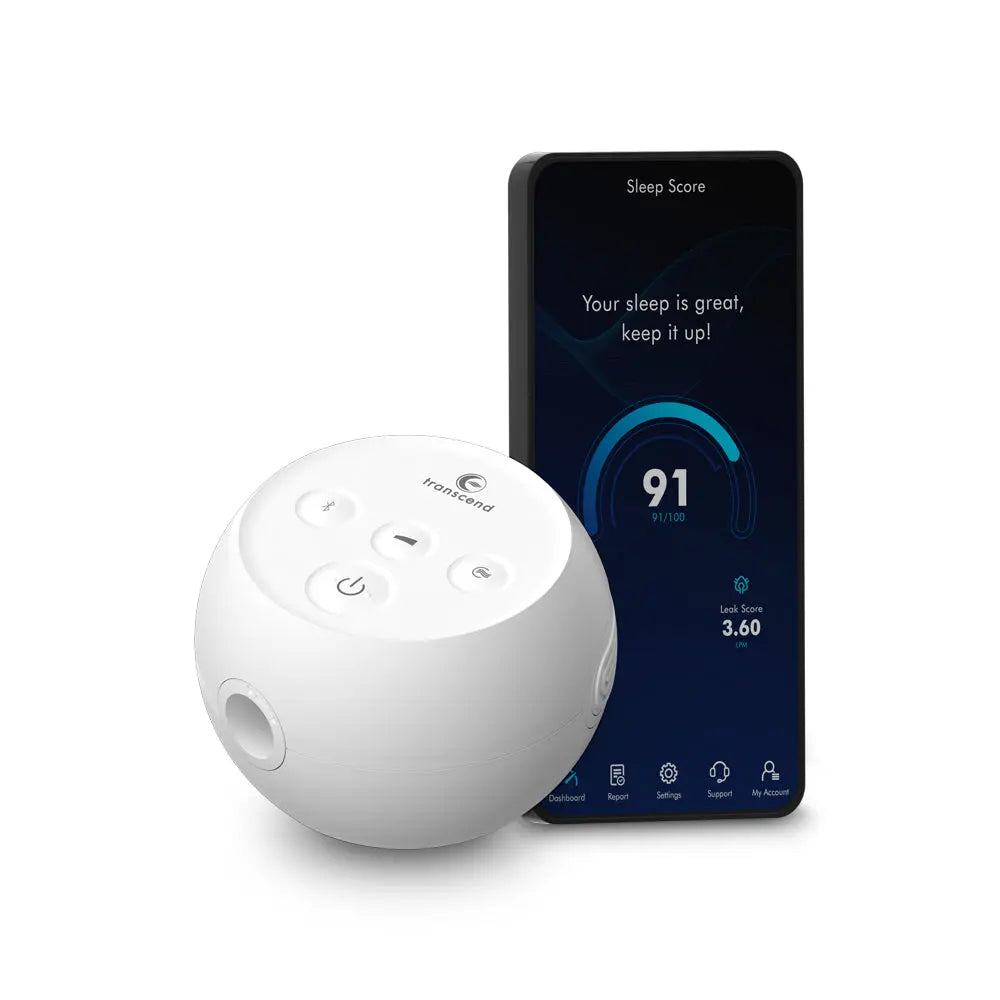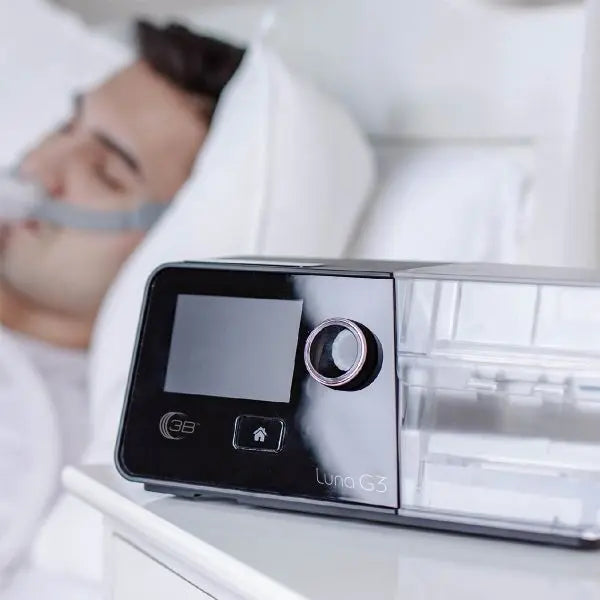The Link Between Sleep Apnea and Parkinson’s Disease: A Comprehensive Study
Introduction
Parkinson’s disease (PD) is a progressive neurodegenerative disorder that primarily affects movement but also significantly impacts non-motor functions. The causes of PD remain complex and unclear, but recent research increasingly links sleep disturbances, particularly obstructive sleep apnea (OSA), to the onset and progression of Parkinson's. Furthermore, continuous positive airway pressure (CPAP) therapy has been suggested to potentially reduce the associated risks.
This comprehensive article explores the history and progression of Parkinson’s disease, notable advocates like Michael J. Fox, the emerging connection between sleep apnea and Parkinson’s, and the protective potential of CPAP therapy. It also outlines practical steps to obtaining a sleep study to diagnose and treat sleep apnea effectively.
The History of Parkinson’s Disease
Early Discoveries (1817–1900)
Parkinson’s disease was first described in 1817 by James Parkinson in his seminal work, "An Essay on the Shaking Palsy." Parkinson detailed cases exhibiting tremors, rigidity, and slowness of movement (bradykinesia), noting intact cognitive function. His observations remained largely overlooked until the late 19th century, when neurologist Jean-Martin Charcot provided deeper insights, clearly distinguishing Parkinson's from other neurological disorders.
Dopamine’s Crucial Discovery (1950s–1960s)
The identification of dopamine’s critical role in PD came in the 1950s, through groundbreaking research by Arvid Carlsson. Carlsson demonstrated significant dopamine depletion in Parkinson's patients' substantia nigra, a brain area vital for motor control. This discovery paved the way for levodopa (L-DOPA) therapy by Oleh Hornykiewicz in the 1960s, becoming the cornerstone treatment for managing PD symptoms.
Modern Advances: Deep Brain Stimulation and Genetics (1990s–Present)
In the 1990s, neurosurgeon Alim-Louis Benabid developed deep brain stimulation (DBS), significantly alleviating symptoms through electrical stimulation of specific brain areas. Concurrently, genetic research identified mutations in genes such as SNCA and LRRK2, linking Parkinson’s to abnormal protein aggregation and familial inheritance patterns.
Michael J. Fox: Championing Parkinson’s Awareness
Actor Michael J. Fox's diagnosis with young-onset Parkinson’s at age 29 dramatically increased public awareness. Fox established the Michael J. Fox Foundation in 2000, significantly advancing PD research through substantial funding and advocacy, playing a pivotal role in the search for a cure and better treatments.
Sleep Apnea and Parkinson’s Disease: The Emerging Connection
The Impact of Sleep Apnea on Neurological Health
Obstructive sleep apnea (OSA), characterized by intermittent breathing cessation during sleep, causes repeated oxygen deprivation (intermittent hypoxia) and fragmented sleep. These factors contribute significantly to oxidative stress, neuroinflammation, and cognitive dysfunction, potentially exacerbating neurodegenerative processes linked to Parkinson’s.
Evidence Linking Sleep Apnea to Increased Parkinson’s Risk
Recent robust studies underscore the connection between OSA and PD. A notable 2023 South Korean study tracking over 40,000 individuals indicated a 54% greater risk of developing Parkinson’s among those with untreated sleep apnea. The underlying mechanisms include:
-
Chronic oxygen deprivation causing neuronal damage.
-
Elevated inflammation levels, accelerating neurodegeneration.
-
Reduced dopamine availability, intensifying motor impairments.
CPAP Therapy as a Potential Protective Measure
Continuous positive airway pressure (CPAP), the standard treatment for OSA, maintains open airways during sleep, ensuring consistent oxygen levels. Recent clinical trials, such as the 2023 COPE-PAP study, indicate that PD patients undergoing CPAP treatment experienced improved cognitive function and slowed disease progression markers compared to untreated counterparts.
Steps to Getting a Sleep Study
Diagnosing and treating OSA involves a structured pathway:
Step 1: Recognize the Symptoms
Common signs of sleep apnea include:
-
Loud, chronic snoring
-
Observed pauses in breathing during sleep
-
Daytime fatigue
-
Morning headaches
-
Difficulty concentrating
Step 2: Consultation with a Healthcare Provider
Discuss symptoms with your primary care physician or a sleep specialist, who will evaluate your medical history and sleep-related complaints.
Step 3: Referral for a Sleep Study
Your doctor will refer you to a sleep laboratory or clinic for a formal evaluation, known as polysomnography (PSG), to assess your sleep quality and diagnose apnea.
Step 4: Undergoing Polysomnography (Sleep Study)
A PSG typically includes:
-
Monitoring brain waves, oxygen levels, heart rate, breathing patterns, and body movements throughout the night.
-
Sensors placed on your head, face, chest, and legs to capture comprehensive sleep data.
Step 5: Interpretation and Diagnosis
A sleep specialist interprets your PSG data, confirming the presence and severity of OSA, and provides a detailed report for your healthcare provider.
Step 6: Developing a Treatment Plan
Based on the results, your doctor will recommend appropriate treatments, commonly including CPAP therapy, lifestyle changes, or possibly other interventions such as oral appliances or surgery.
Step 7: Initiating and Optimizing CPAP Therapy
If CPAP is prescribed:
-
You will be fitted for an appropriate mask and CPAP device.
-
Regular follow-ups will help adjust pressures and optimize treatment effectiveness.
Conclusion
The emerging link between obstructive sleep apnea and Parkinson’s disease emphasizes the importance of recognizing, diagnosing, and effectively treating sleep disorders. Proactively addressing OSA with therapies like CPAP may not only improve overall sleep quality but also potentially lower the risk or delay the progression of Parkinson’s disease. Enhanced awareness, timely diagnosis, and targeted interventions for sleep apnea could significantly impact Parkinson’s disease outcomes, representing a promising area of ongoing medical research and patient care.
Bibliography
-
Benabid, A. L. (1997). Deep brain stimulation for Parkinson’s disease: A new therapeutic approach. Lancet Neurology, 350(2), 21–25.
-
Carlsson, A. (1959). The occurrence, distribution, and physiological role of catecholamines in the nervous system. Pharmacological Reviews, 11(2), 490–493.
-
Fox, M. J. (2002). Lucky Man: A Memoir. Hyperion.
-
Gozal, D., Kheirandish-Gozal, L., & Bhattacharjee, R. (2021). Sleep apnea and neurodegeneration. Sleep Medicine Reviews, 56, 101-110.
-
Goetz, C. G. (2011). The History of Parkinson’s Disease. Cold Spring Harbor Perspectives in Medicine, 1(1), a008862.
-
Hornykiewicz, O. (1966). Dopamine and Parkinson’s disease. Pharmacological Reviews, 18(2), 925-932.
-
Kang, S. H., Kim, C. H., et al. (2023). Bidirectional association between Parkinson’s disease and obstructive sleep apnea: A cohort study. Journal of Clinical Sleep Medicine, 19(9), 1615–1623.
-
Kaminska, M., Lajoie, A., et al. (2023). Cognition and obstructive sleep apnea in Parkinson’s disease: The COPE-PAP trial. American Thoracic Society Journal, 17(2), 175-183.
-
Parkinson, J. (1817). An Essay on the Shaking Palsy. Sherwood, Neely, and Jones.
-
Spillantini, M. G., et al. (1997). Alpha-synuclein in Lewy bodies. Nature, 388(6645), 839-840.








Leave a comment
This site is protected by hCaptcha and the hCaptcha Privacy Policy and Terms of Service apply.